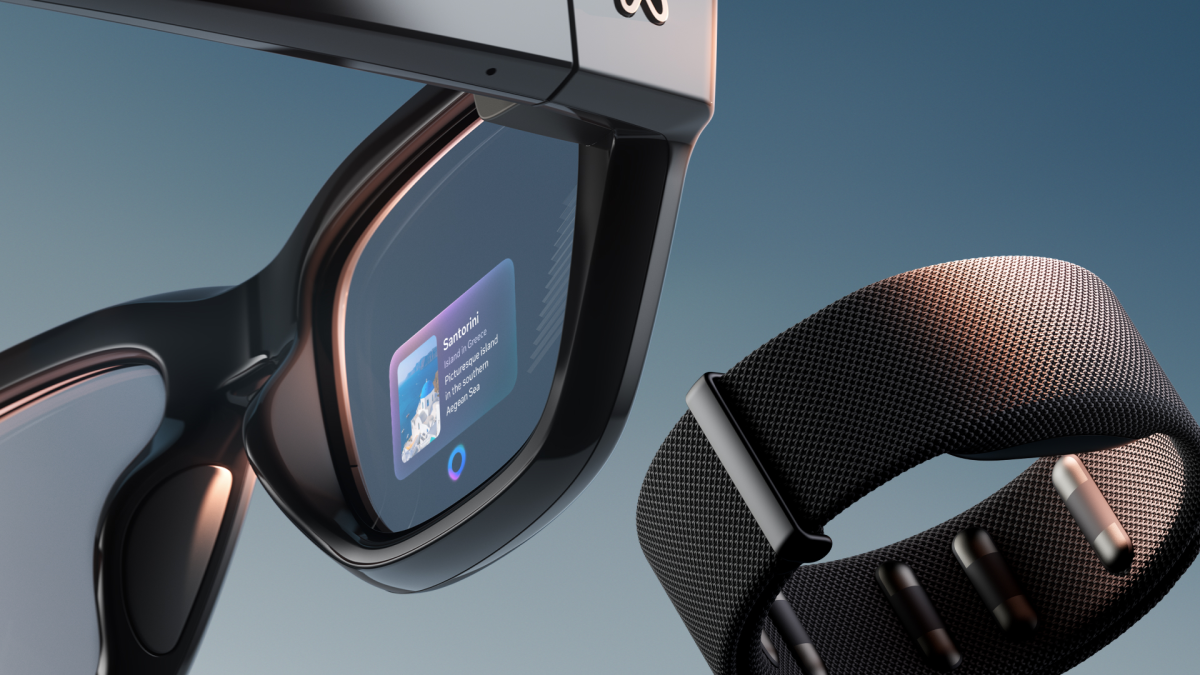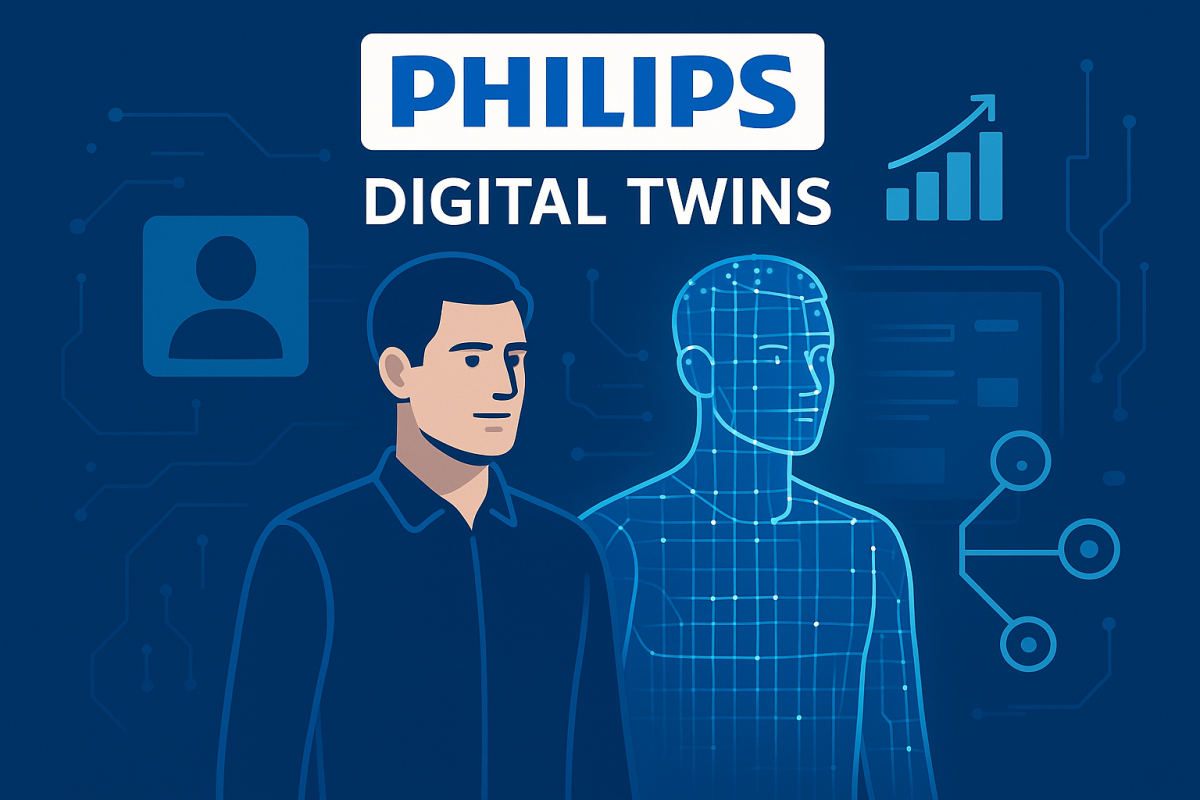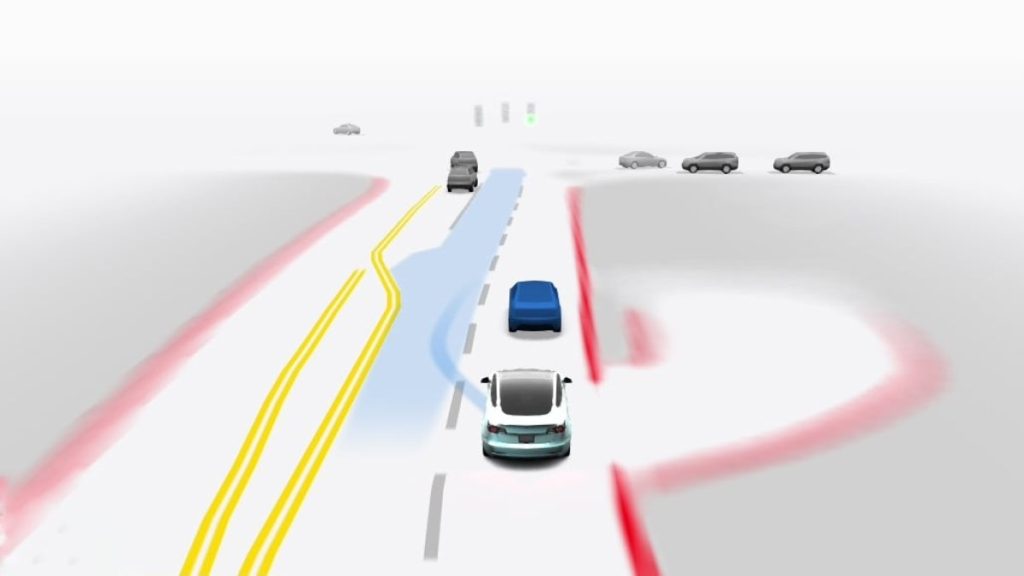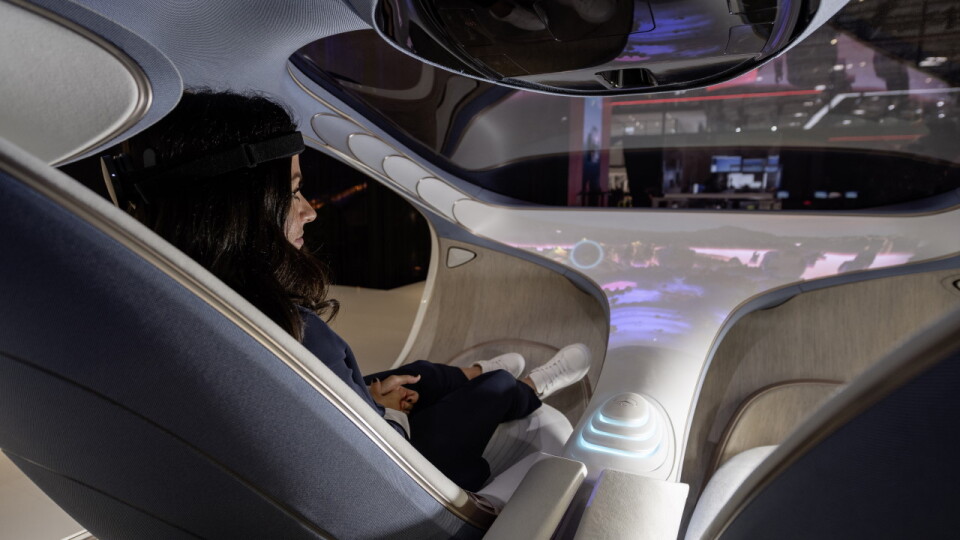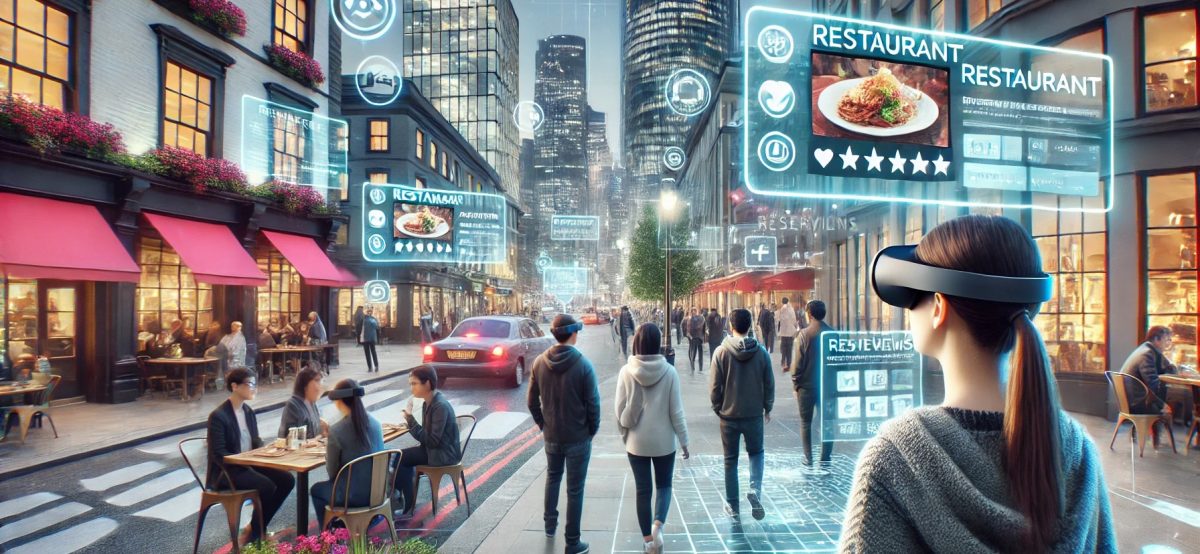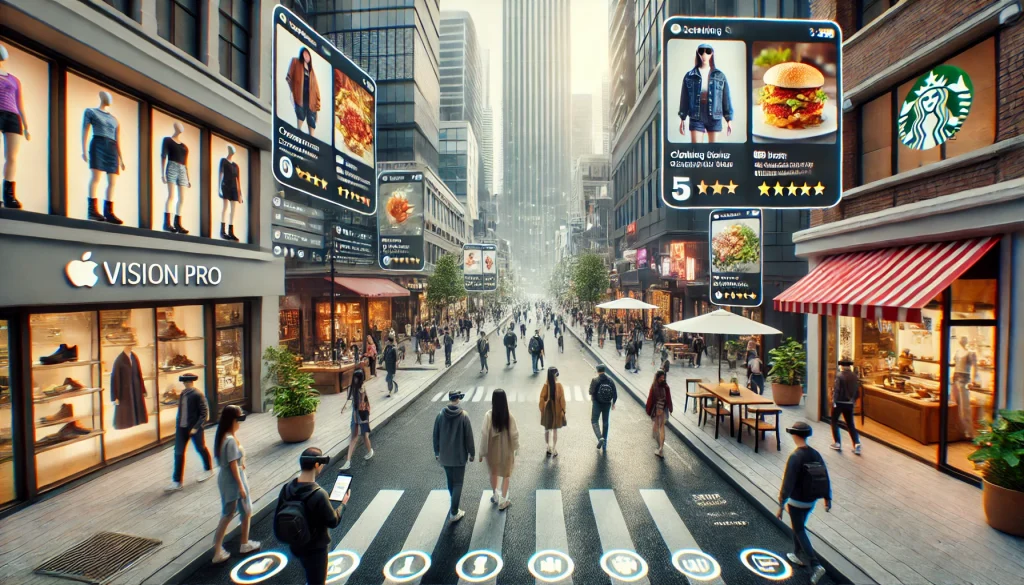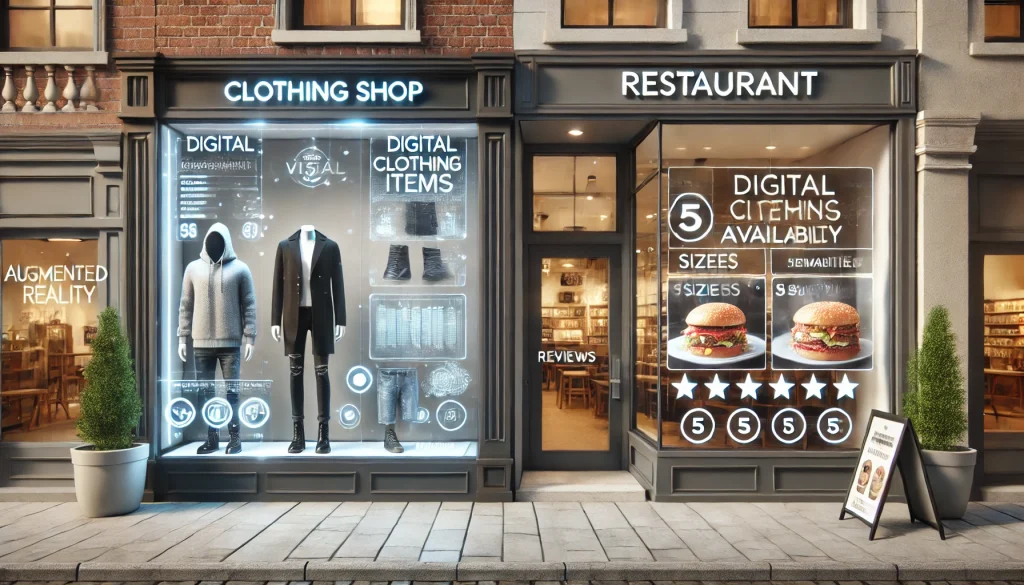In the age of digital transformation, many companies started to implement Generative AI in their strategy and business models. Terms such as AR or VR have become the new “trend” and competitiveness. One example is L’Oréal, one of the world’s leading companies, which have recently implemented AR and VR technologies in their business.
Even if these terms are frequently heard, the difference between AR and VR will be explained for clearness and in order to facilitate the reading. Augmented Reality (AR) starts with physical things and shows digitally what is physically present, through a smart device, using the data stored in the digital twin cloud (Porter, M., & Heppelman, J., 2025). Virtual Reality (VR) creates a fully new virtual experience, by using computer-generated images and a headset. You directly step into another reality, experiencing sensory and visual engagement (Coursera, 2025).
So, how did L’Oreal implement these new digital technologies?
As the leading company in beauty industry, L’Oréal owns a portfolio of thirty-two diverse and complementary brands (Mechdyne, 2017), with generated sales of over forty-three billion euros in 2024 (L’Oréal Finance, 2024). L’Oréal products are present in multiple physical distribution channels, such as mass market, department stores, pharmacies, hair salons, as well as in the e-commerce channel. (Mechdyne, 2017).
Few years ago, L’Oréal, in collaboration with Google Cloud and Capgemini, implemented products’ digital twins, scannable via a QR code found on the physical item (Capgemini, 2022). With this GenAI implementation, L’Oréal aims to improve customers relationship and loyalty by improving its transparency, offering personal education and guidance, and increase brand trust (Capgemini, 2022). Moreover, this creates better customer experience and adds value to the company by boosting the company’s digital business model and giving them competitive advantage.
By scanning the QR code, different product features appear, namely ingredients, formula, and sourcing (Capgemini, 2022). Moreover, customers have access to much more information regarding personalised professional tips (Capgemini, 2022). Furthermore, L’Oréal, in collaboration with NVIDIA and Accenture, recently founded the first AI-powered multi-brand marketplace focused on beauty products, Noli.com (Martin, 2025). Using AR features, the customer can scan their face, and the platform creates the so-called “BeautyDNA” using a large amount of skin data and analyses on product formula (Martin, 2025). Following this, it suggests the perfect combination of products, personalised by each customer, additionally offering different options and their associated benefits, so that the customer can choose which product decides to buy (Martin, 2025). Moreover, the user has the possibility to directly iteratively discuss with the app, and to access information about the ingredients and their chemical formulas (Martin, 2025). In addition, a tutorial of how to apply the products, the possibility of directly purchasing from the app, and customer reviews are available. (Martin, 2025)
Internally, L’Oréal incorporated VR implementation in their Labs from Paris and New York. This allows to project future store concepts, evaluate packaging, and create store layouts before the physical development begins. Furthermore, L’Oréal offers this feature to their retail partners as well, to get a better idea of the products and shelves before the implementation starts (Mechdyne, 2017).
What is next?
L’Oréal’s last year initiative, CreAITech, an AI-powered beauty content lab, has already been implemented on La Roche-Posay and Kérastase to generate content and beauty images (Dominguez, 2024). The platform is used for marketing purposes, image creation, product launches acceleration, time, and production costs savings, and it is expected to develop further in the upcoming years (Doolan, 2025; Dominguez, 2024).
What do you think about this digital implementation within the beauty sector, and the emerging opportunities? What could be some limitation that you think about?
References
Capgemini. (2022, September 26). Product digital twins bridge the digital and physical for L’Oréal. Capgemini. https://www.capgemini.com/news/client-stories/product-digital-twins-bridge-the-digital-and-physical-for-loreal/#
Coursera. (2025). Augmented Reality vs. Virtual Reality: What’s the Difference? Coursera. https://www.coursera.org/articles/augmented-reality-vs-virtual-reality?msockid=034f5e168a4561cf12644b498b8460f7
Dominguez, L. (2024, May 24). L’Oreal’s Generative AI Lab Driving Content and R&D Personalization. Consumer Goods Technology. https://consumergoods.com/loreals-generative-ai-lab-driving-content-and-rd-personalization
Doolan, K. (2025, June 12). L’Oréal Group plans to use 3D AI for product imagery. CosmeticsDesign-Europe.com. https://www.cosmeticsdesign-europe.com/Article/2025/06/12/loreal-plans-to-use-3d-ai-for-product-imagery/
L’Oréal Finance. (2024). 2024 Annual Results | L’Oréal Finance. Loreal-Finance.com. https://www.loreal-finance.com/eng/press-release/2024-annual-results
Martin, A. (2025, June 11). Retail Reboot: Major Global Brands Transform End-to-End Operations With NVIDIA. NVIDIA Blog. https://blogs.nvidia.com/blog/retail-agentic-physical-ai/
Mechdyne. (2017, June 28). L’Oréal Shares Their Beauty Expertise While Slashing Development Costs with Mechdyne VR Solution. AV & vr Solutions. https://www.mechdyne.com/av-vr-solutions/blog/loreal-shares-their-beauty-expertise-while-slashing-development-costs-with-mechdyne-vr-solution/?utm_source=chatgpt.com
Porter, M., & Heppelman, J. (2025). Whiteboard Session: Why Every Organization Needs an AR Strategy. Hbr.org. https://hbr.org/video/5809961699001/whiteboard-session-why-every-organization-needs-an-ar-strategy
